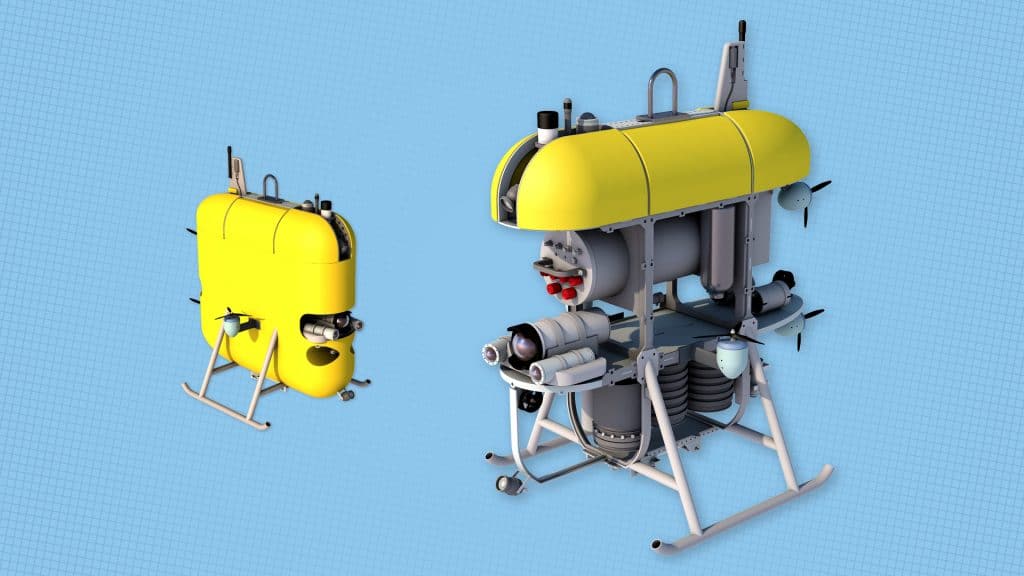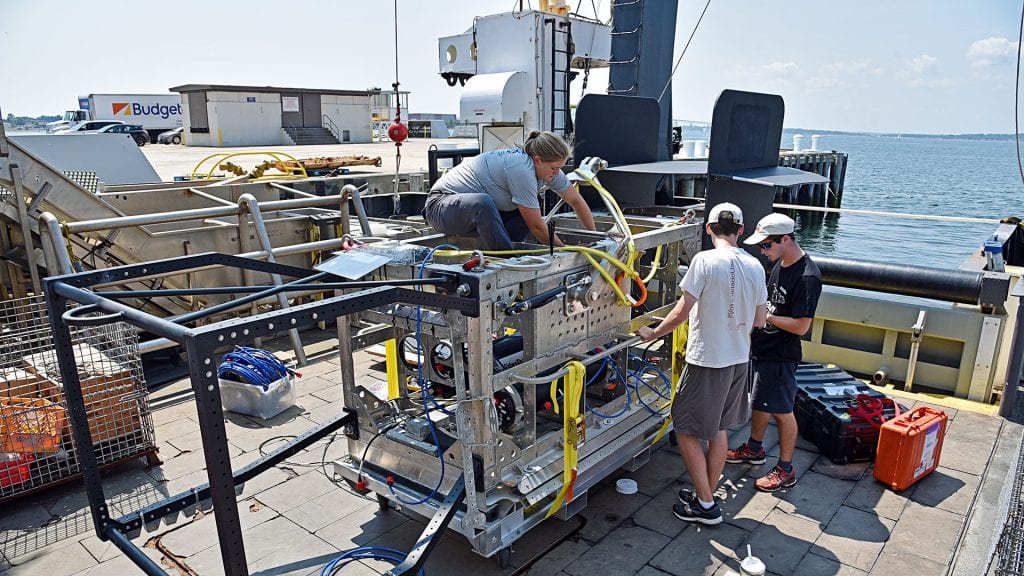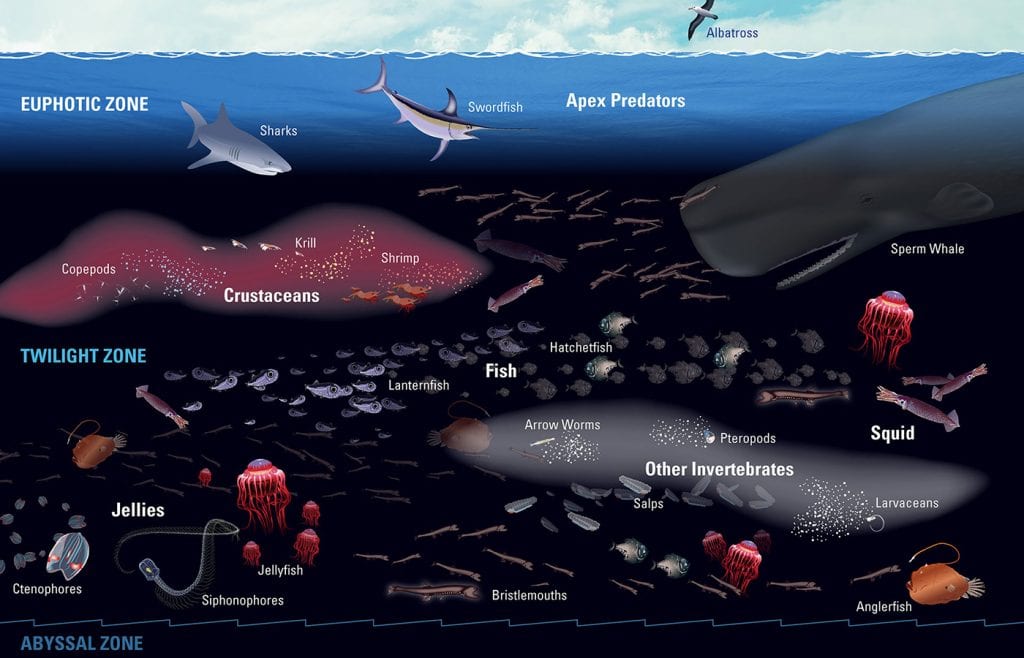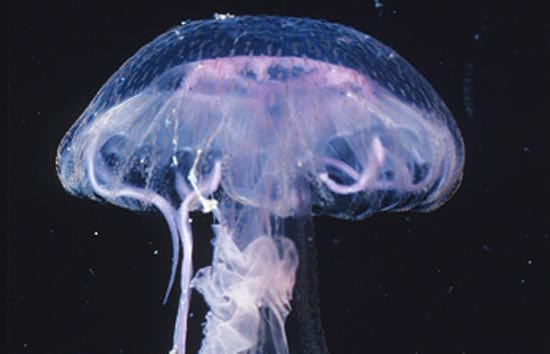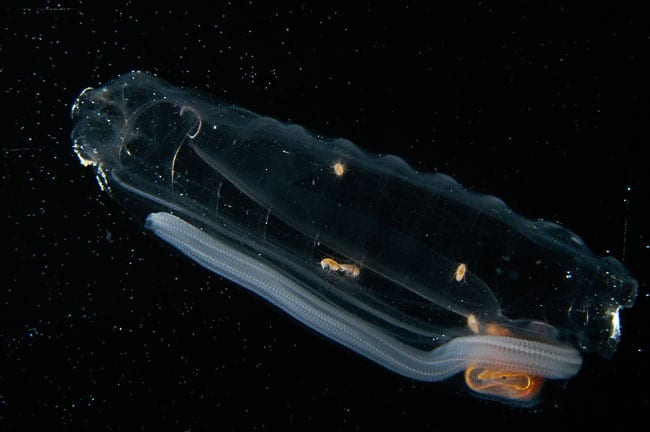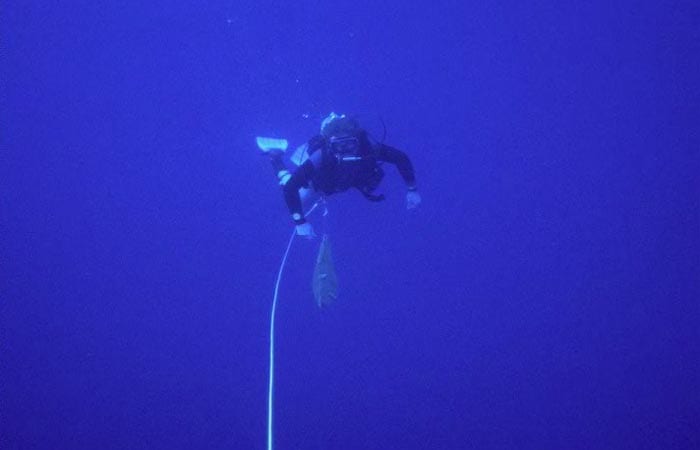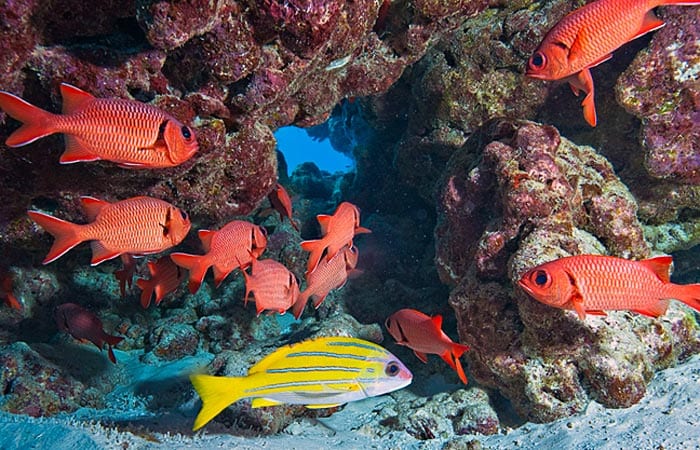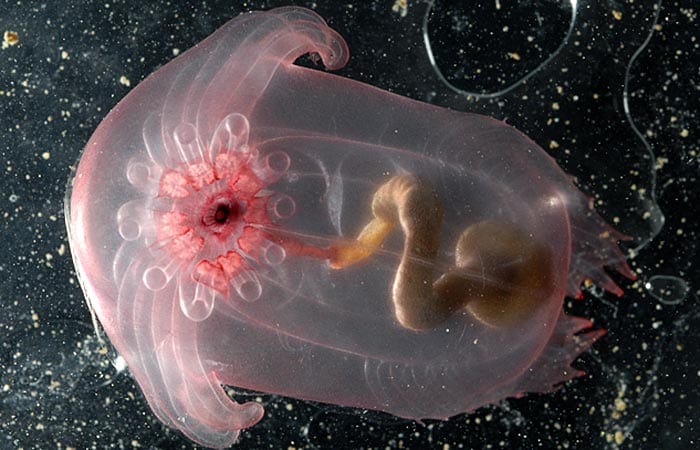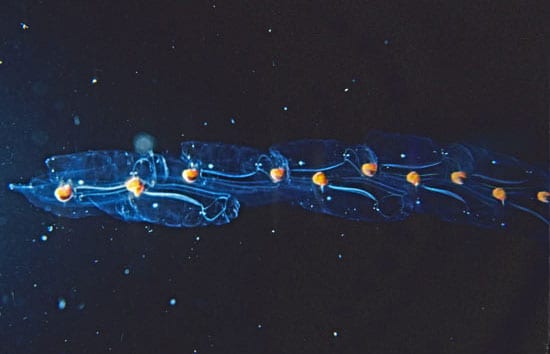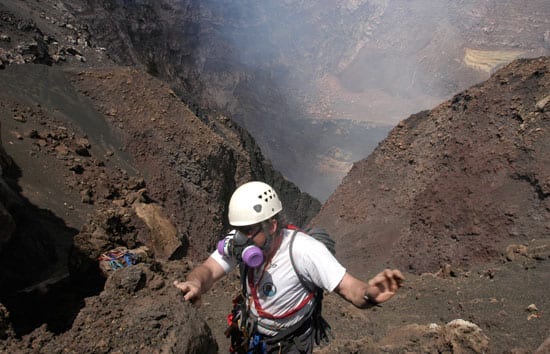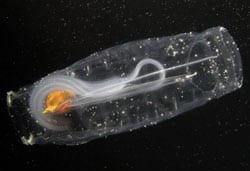Larry Madin
Refine by
Date
Topic:
Article Type
Special Series
Author
Edie Widder: A light in the darkness
By sharing her fascination with the luminous deep, explorer, author, and conservationist Edie Widder sheds light on why it matters.
Mesobot, Follow that Jellyfish!
WHO scientists and engineers are developing an innovative autonomous deep-sea vehicle with hovering and manuevering capabilities that will allow it to follow animals without disturbing their environment and behavior.
The Deep-See Peers into the Depths
Decades of research from many WHOI scientists and engineers have culminated in a multifaceted vehicle to explore deep-sea marine life.
Mission to the Ocean Twilight Zone
The twilight zone is a part of the ocean 660 to 3,300 feet below the surface, where little sunlight can reach. It is deep and dark and cold, and the pressures there are enormous. Despite these challenging conditions, the twilight zone teems with life that helps support the ocean’s food web and is intertwined with Earth’s climate. Some countries are gearing up to exploit twilight zone fisheries, with unknown impacts for marine ecosystems and global climate. Scientists and engineers at Woods Hole Oceanographic Institution are poised to explore and investigate this hidden frontier.
Are Jellyfish Populations Increasing?
Delicate but armed, mindless yet unstoppable, jellyfish sometimes appear abruptly near coasts in staggering numbers that cause problems and generate headlines: Jellyfish fill fishing nets in Japan, sinking a boat. Jellyfish clog nuclear plant water…
Salps Catch the Ocean’s Tiniest Organisms
Salps are sometimes called “the ocean’s vacuum cleaners.” The soft, barrel-shaped, transparent animals take in water at one end, filter out tiny plants and animals to eat with internal nets made of mucus, and squirt…
Voyage to the Remote Phoenix Islands
The Phoenix Islands aren’t obvious on a map—eight scattered coral atolls barely above sea level in the equatorial western Pacific. These specks form the most remote coral island archipelago in the world, 1,000 miles from…
Creatures of the Celebes Sea
Where the Indian and Pacific Oceans meet lies a region known as the “coral triangle”—a region of thousands of islands encompassing the Philippines, Indonesia, parts of Malaysia. and other nations. Surrounding the islands are warm,…
WHOI Scientists Provide Congressional Testimony
Susan Humphris, chair of the Geology and Geophysics Department, testified May 4, 2006, before the House Committee on Resources, one of several WHOI scientists to appear this spring before members of Congress or their staff….
Transparent Animal May Play Overlooked Role in the Ocean
Salps don’t get much respect. They’ve been around for millions of years, but hardly anyone even knows they exist. Even many who have heard about these transparent, jelly-like creatures consider them a dead-end in the…
Noxious Gas from the Mouth of Hell…
The hidden world of salps OFF THE ANTARCTIC PENNISULA-Biologists Larry Madin (WHOI) and Patricia Kremer (U. Connecticut) led a month-long cruise in January 2006 aboard the ice-strengthened ship L.M. Gould to learn more about a…
Transparent Salps May Play Conspicuous Ecological Role
WHOI biologist Larry Madin led an expedition to waters off Antartica to learn about little-known gelatinous animals.


